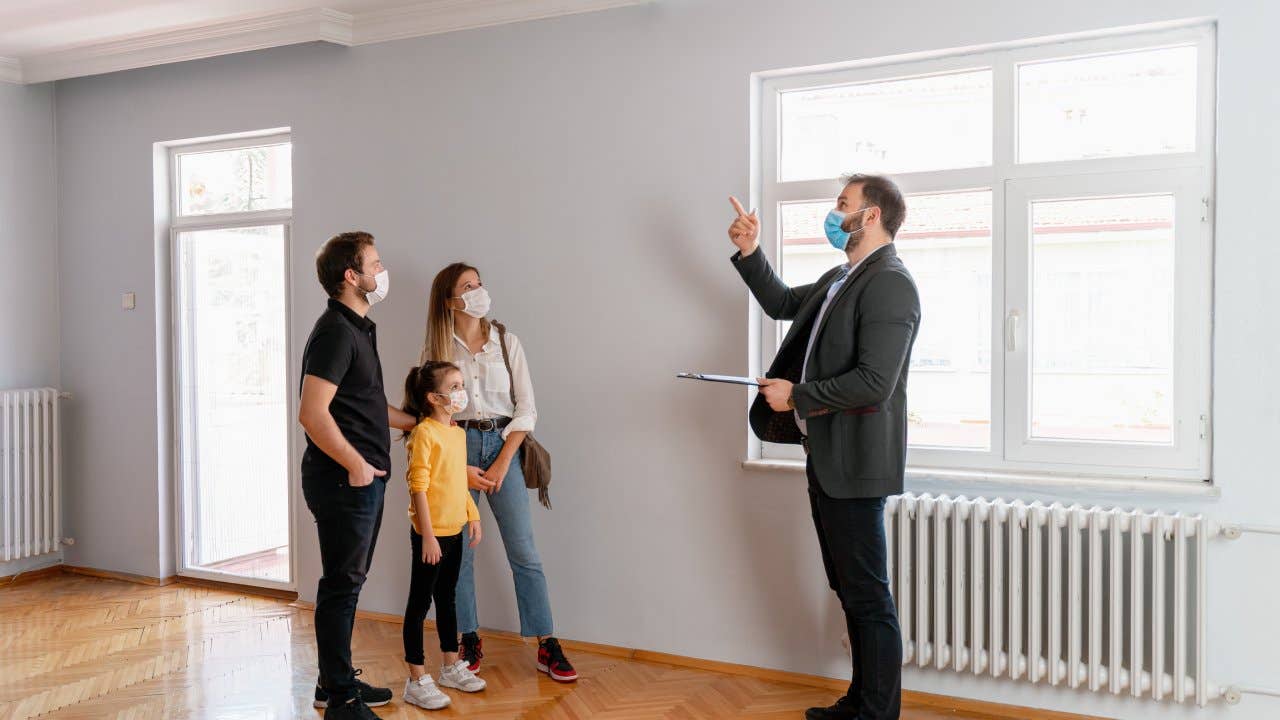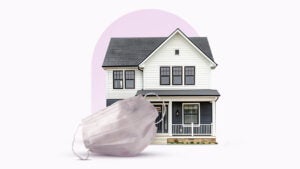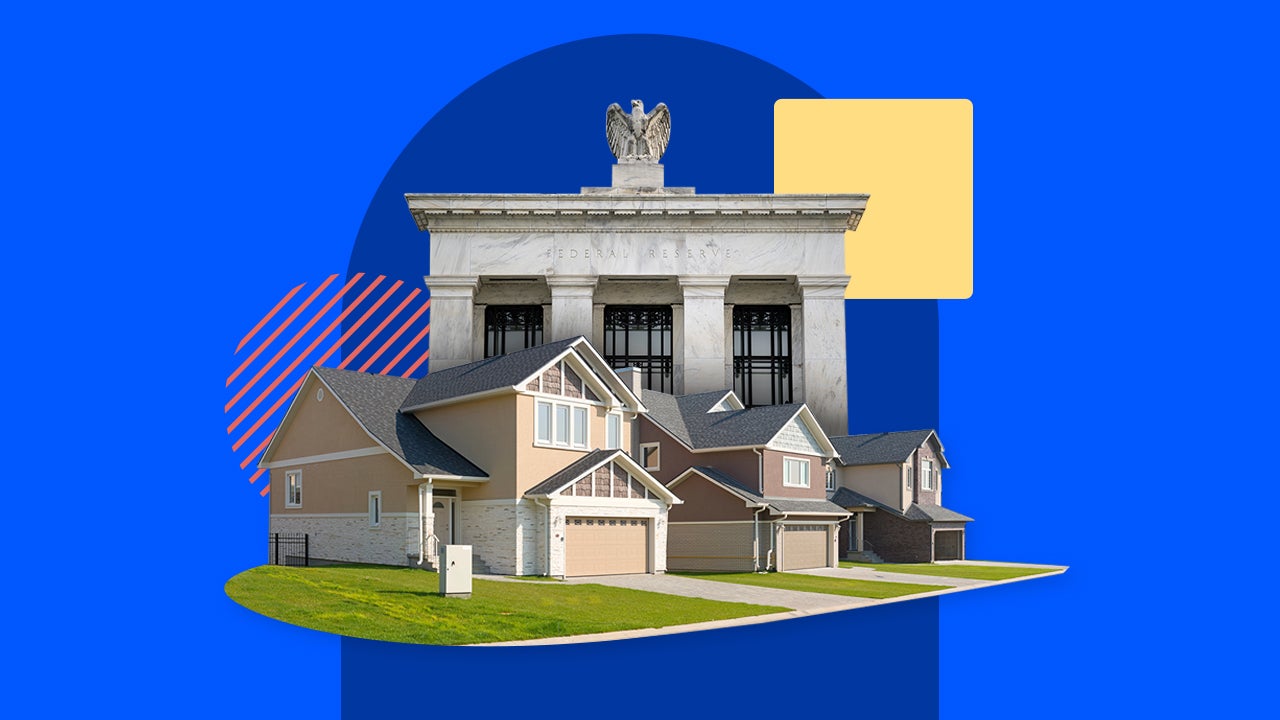How did COVID affect the housing market?

The coronavirus pandemic had profound impacts on the housing market. The initial lull in home sales at the very start of the pandemic quickly turned into a white hot seller’s market, and the rise of remote work meant that many former city-dwellers suddenly found themselves searching for more space in less urban, lower-cost areas.
“Both at the beginning of COVID and now, buyers are looking for a bit of extra room in a home,” says Kimberly Jay, a broker with Compass in New York City.
In addition, house flipping and residential real estate investing rose drastically. Real estate analytics firm CoreLogic reports that investors accounted for more than a quarter of all single-family home purchases — 26 percent — in June 2023. In March 2020, when the pandemic began, that figure was below 15 percent.
Now that the pandemic is no longer a part of daily life in the way it once was, which of these changes are here to stay? Read on for all the ways COVID affected real estate — and still does.
COVID and the housing market
At the very beginning of the pandemic, housing sales and new construction initially stalled in the face of economic uncertainty. But as things stabilized, home values picked up — and today, data from the National Association of Realtors shows that the median home price in the U.S. has shot up remarkably. The median price for an existing home in March 2020 was just $280,700, a figure that seems almost quaint compared to July 2023’s $406,700.
Back then, record low interest rates, families feeling cramped in quarantine and supply chain issues worsening the housing shortage all combined to create an extraordinarily hot housing market. Houses were under contract for over asking price within hours of hitting the market. Investment firms started buying up housing stock for cash, and desperate buyers started waving inspections and contingencies.
But over time, as inflation raged and the Federal Reserve persistently raised interest rates in an effort to tame it, mortgage rates rose — and rose, and rose. As of August 23, Bankrate’s national survey of large lenders shows that the average interest rate on a 30-year mortgage is well above 7 percent, the highest it’s been since December of 2000. Homeowners who are locked into a low rate are hesitant to give that up, which means even less inventory available for those who can still afford to buy.
This all creates a “new normal” for affordability that reduces home-shoppers’ buying power while also leading to longer days-on-market lengths and lower volume of home sales overall. In other words, it’s rough out there for both buyers and sellers.
How COVID has impacted homebuying and selling
Virtual listings were already standard, but with many taking social distancing recommendations seriously, virtual viewings and closings saw a massive jump during the pandemic housing market. “Listings with video that tell the story of the home were vital,” says Julie Reese, a real estate broker with John L. Scott Real Estate in Bellevue, Washington.
New technologies that were already speeding up the process also saw more adoption, making the closing process faster. Automated loan underwriting has improved, and timelines are faster. Back then it might have taken three weeks to get an appraisal back, Reese says. “Today it’s about a week.”
Such industry advancements, which make the selling and buying process more convenient, are likely here to stay. “While closings are being done in person [now], many buyers and sellers are opting to not attend for convenience,” says Jay.
How has COVID affected home sellers?
The hot market motivated more people to sell, with “many empty nesters accelerating their plans to sell at premium prices,” says Jay.
In addition to market conditions, many sellers decided to sell as a result of working remotely. “I had more sellers moving out-of-state because of taxes, with many going to areas where they can just get more house for the money,” says Reese.
One pandemic-era trend is not likely to stick around for home sellers, though: In the most frenzied market times, sellers often received multiple offers with inspection contingencies waived. This left little incentive for them to fix up their homes before listing. Now that things have calmed down, buyers are far less likely to waive a home inspection — so sellers should be prepared for concession requests to cover any needed repairs.
How has COVID affected homebuyers?
Throughout the pandemic, states with low or no income taxes saw their populations grow, while urban areas and more expensive states saw their populations decline. This was on top of a general trend away from cities and toward places with lower costs of living.
During the height of the pandemic many would-be home buyers had a hard time competing with cash offers. “Many were waiving contingencies and making quick decisions,” says Jay — decisions they wound up regretting. In a recent Bankrate survey, 6 percent of Gen Z’ers and 5 percent of Millennials reported that buying more home than they could afford was their single biggest financial regret.
First-time homebuyers
While the market has cooled since its peak frenzy, the colossal growth of investment firms buying up starter homes is having lasting impacts on first-time homebuyers specifically. It exacerbated the housing shortage, and combined with high mortgage rates pushing the boundaries of affordability, many would-be first-time buyers find themselves priced out of the market entirely.
To adjust the playing field for first-time buyers, says Reese, “there will have to be a shift in regulations on big corporations.”
It’s not all doom-and-gloom for first-time homebuyers though. As the market cools, “today actually presents a buying opportunity,” says Jay. “There is less competition, creating time for buyers to assess their budgets, choose the right home and perhaps negotiate to a price they feel more comfortable paying.”
Final word
Homebuying trends that blossomed during the height of the pandemic, like wanting more space for your kids to play or a dedicated home office, are likely here to stay. If remote work continues to remain popular and companies stay flexible, states with lower costs of living will continue to be highly desirable areas for homebuyers. More of the process becoming digitized is also a trend that is unlikely to reverse.
“Where we live is what gives us stability, and humans crave stability,” Reese says. “When the world was literally turned upside down by a pandemic, where we live became even more important.”






